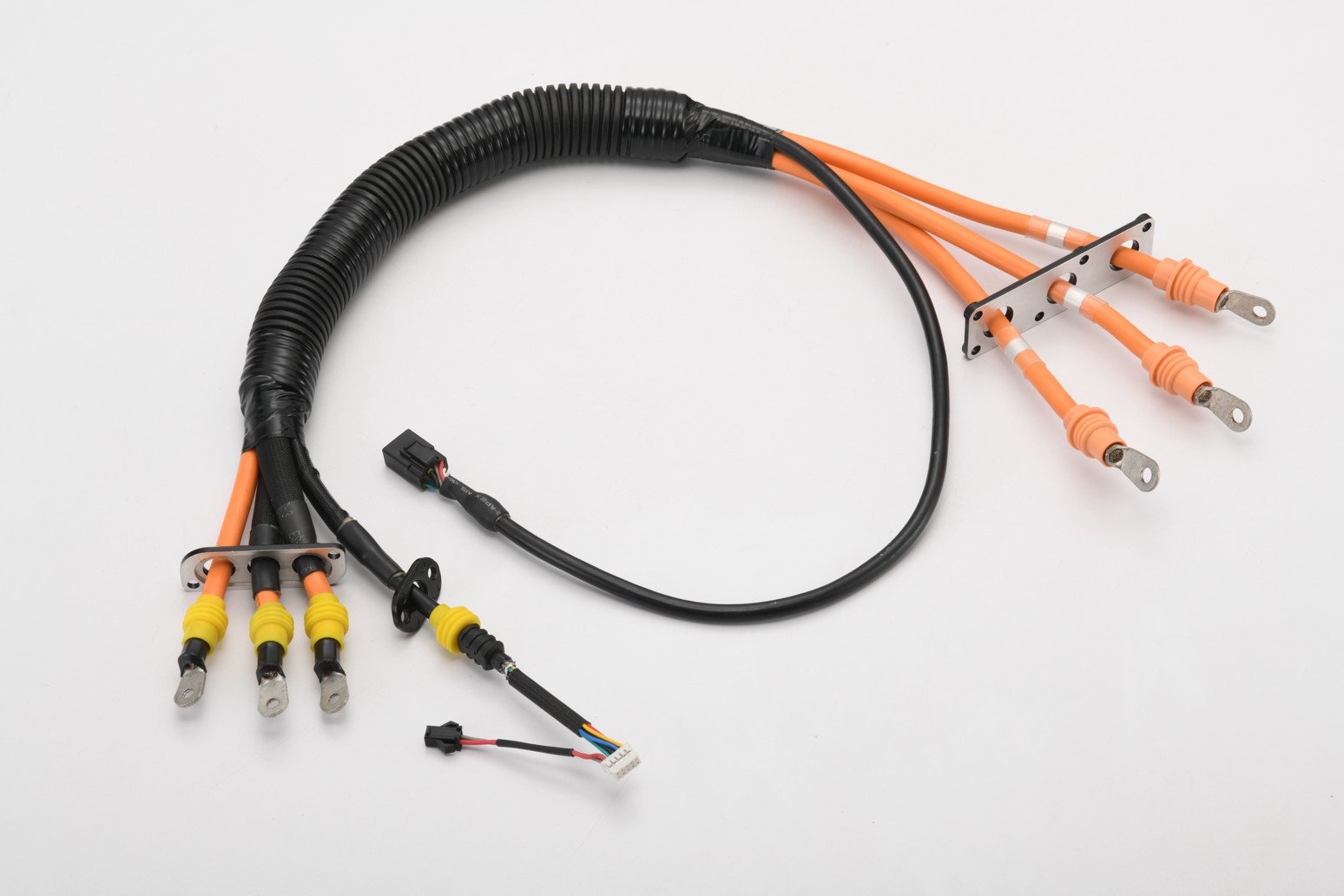While modern aircraft dazzle with computerized avionics and composite structures, an older, simpler technology still forms a vital circulatory and nervous system within their wings and fuselage: aircraft cable assemblies. These precisely engineered components, often overlooked, are fundamental to flight safety and control, acting as the robust mechanical link transmitting vital forces from pilot input to control surfaces, landing gear, and critical systems.
More Than Just Wires:
An aircraft cable assembly is far more complex than a simple length of cable. It’s a meticulously designed and manufactured system consisting of:
- The Core: High-strength steel cable (often galvanized carbon steel or corrosion-resistant stainless steel like Type 304 or 316, or Monel for specific environments) remains the predominant choice due to its exceptional tensile strength-to-weight ratio, fatigue resistance, and proven reliability. Synthetic ropes (like high-modulus polyethylene – HMPE) are gaining ground in non-critical, weight-sensitive applications.
- Terminations: The critical connection points. These are specially swaged or pressed metal fittings (e.g., Nicopress sleeves, swaged terminals, turnbuckle barrels) or threaded fittings (forks, eyes, rods) that securely attach the cable ends to pulleys, bellcranks, control horns, or actuators. The integrity of these terminations is paramount.
- Hardware: Turnbuckles for precise tension adjustment, thimbles to protect cable eyes from wear over pulleys or pins, and guide pulleys that route the cables smoothly throughout the airframe structure.
- Protection: Fairleads and grommets guide cables through structures and bulkheads, preventing chafing against sharp edges that could compromise the cable over time.
Why Cables Still Rule (in Many Applications):
Despite the prevalence of fly-by-wire, cable assemblies retain crucial advantages:
- Intrinsic Reliability & Predictability: They are purely mechanical, offering predictable behavior without complex sensors or software dependencies. Failure modes are generally well-understood and detectable through inspection.
- Redundancy: Multiple cables can be run for critical systems (like elevator control), providing a physical backup path if one fails. Hydraulic systems, while powerful, have single-point failure risks.
- Direct Feedback & Feel: Cables provide a direct mechanical connection, giving pilots tactile feedback through the controls about forces acting on the aircraft (e.g., control surface resistance).
- Weight & Cost: For many secondary flight control systems (flaps, trim tabs) and utility functions (landing gear uplocks, cowl flaps), well-designed cable systems can be lighter and significantly less expensive than hydraulic or electro-mechanical actuators and their associated plumbing or wiring.
- Maintainability: Visual inspection for wear, corrosion, and proper tension is relatively straightforward compared to diagnosing complex electronic or hydraulic systems.
Manufacturing and Standards: Where Perfection is Non-Negotiable
The manufacture of aircraft cable assemblies demands the highest standards. It is governed by stringent regulations from bodies like the FAA (FAA Advisory Circular 43.13-1B & 2B) and EASA, referencing detailed military specs (e.g., MIL-DTL-83420 for terminals) and industry standards (SAE AS7174, AS81780).
- Materials: Traceability of every cable strand, terminal, and fitting back to certified sources is essential.
- Process Control: Swaging and pressing operations require calibrated tooling, precise force application, and strict process documentation.
- Inspection: Every assembly undergoes rigorous visual, dimensional (including precise pull testing on samples or critical assemblies), and non-destructive testing (NDT) checks. Frayed strands, corrosion, improper swaging, or incorrect tension are unacceptable.
- Documentation: Complete traceability records are mandatory.
Where They Work: Vital Applications
You’ll find cable assemblies actively working in:
- Flight Controls: Elevator, rudder, and aileron linkages (especially in smaller aircraft, trainers, and as backups); Trim tabs; Flap actuation systems.
- Landing Gear: Gear extension/retraction systems (uplocks, downlocks, mechanical override); Nose-wheel steering linkages.
- Engine & Systems: Cowl flap operation; Throttle, mixture, and prop control linkages (in piston aircraft); Emergency shutoffs; Cargo door mechanisms; Canopy releases.
The Future: Coexistence, Not Replacement
While fly-by-wire dominates large commercial jets, cables remain indispensable in general aviation, helicopters, military trainers, and as critical backup systems. The focus is on evolution – lighter, stronger materials (synthetics, advanced alloys), improved corrosion protection, and enhanced inspection techniques (e.g., digital tension gauges, advanced NDT).
Conclusion:
Aircraft cable assemblies are not relics, but enduring, meticulously crafted lifelines within flying machines. They represent an elegant blend of proven mechanical engineering and unwavering commitment to safety through rigorous quality control. The next time you see a small plane maneuver gracefully or a jetliner deploy its flaps, remember the complex network of high-strength strands faithfully translating pilot intention into controlled flight – a testament to the vital, unsung role of the aircraft cable assembly. Their reliability, born from precision manufacturing and constant vigilance, remains a cornerstone of aviation safety.

